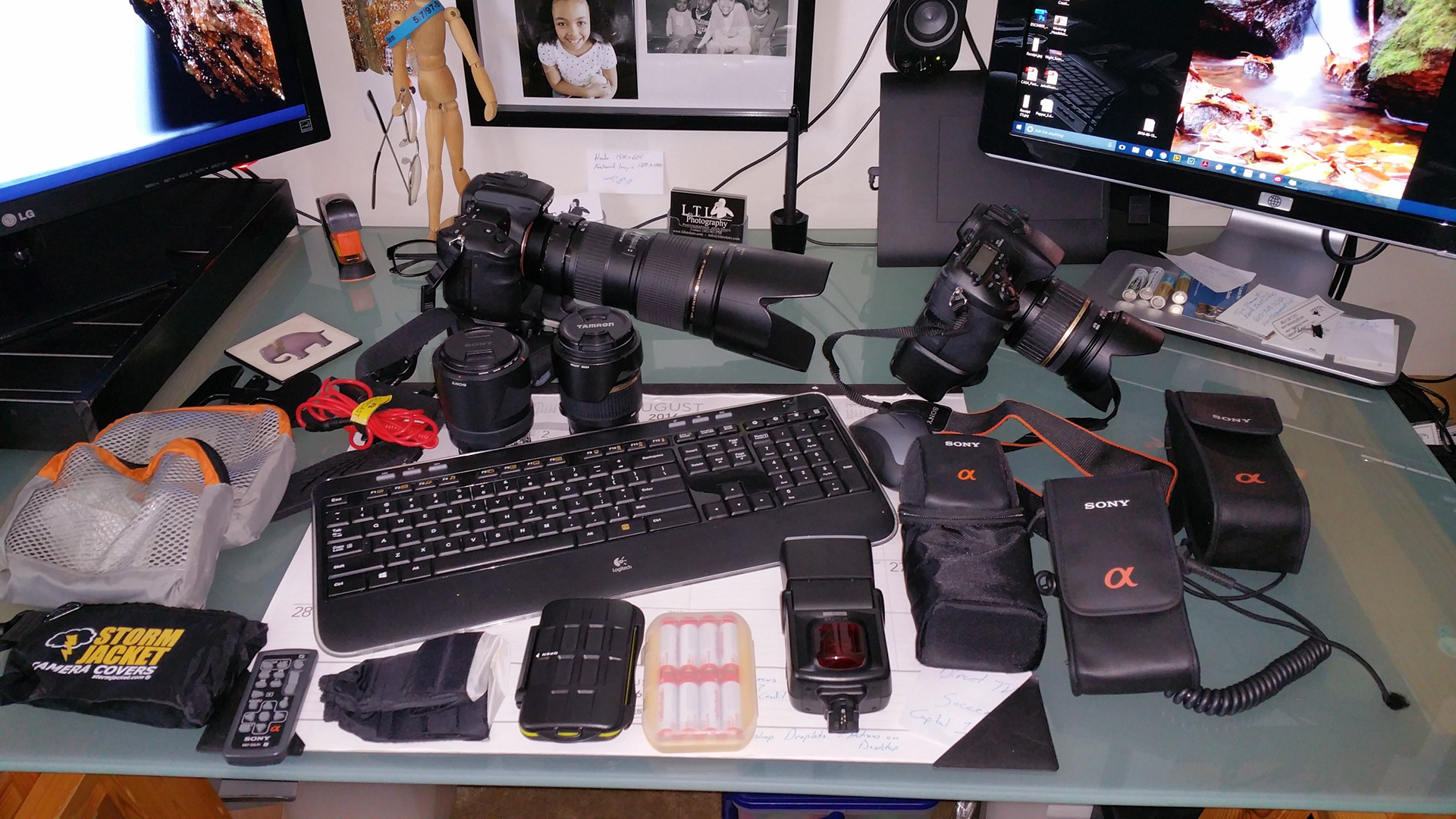
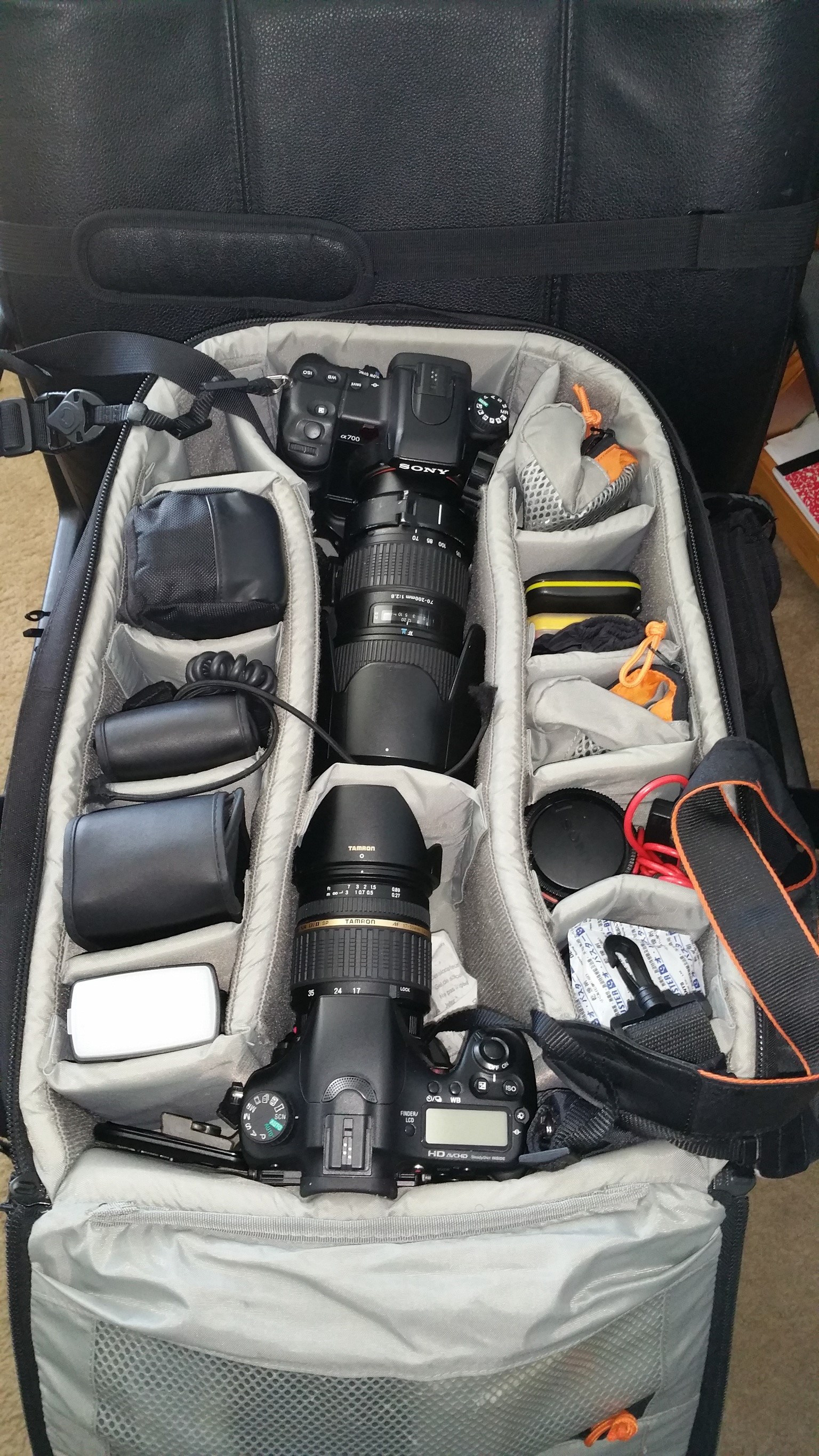
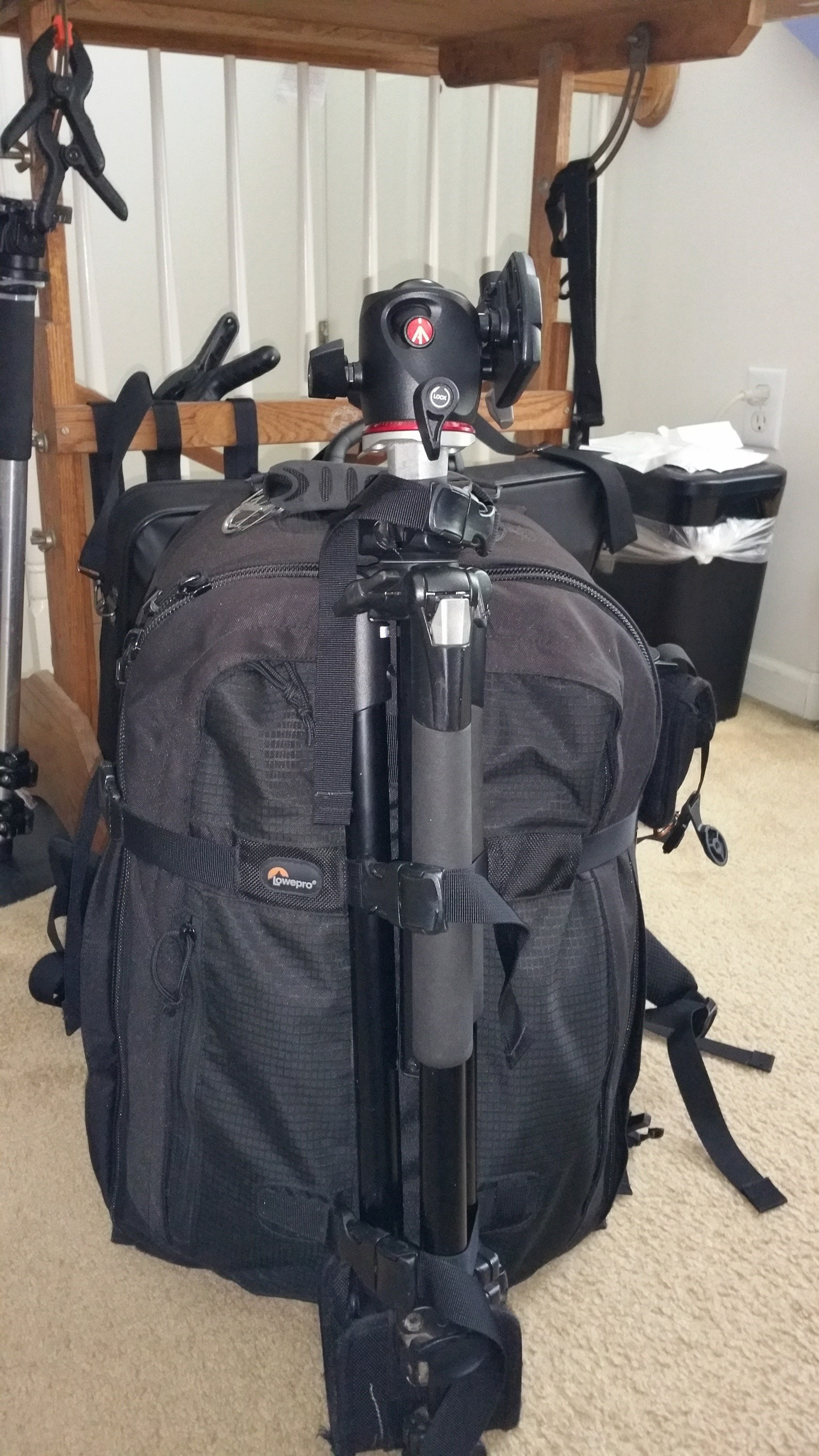

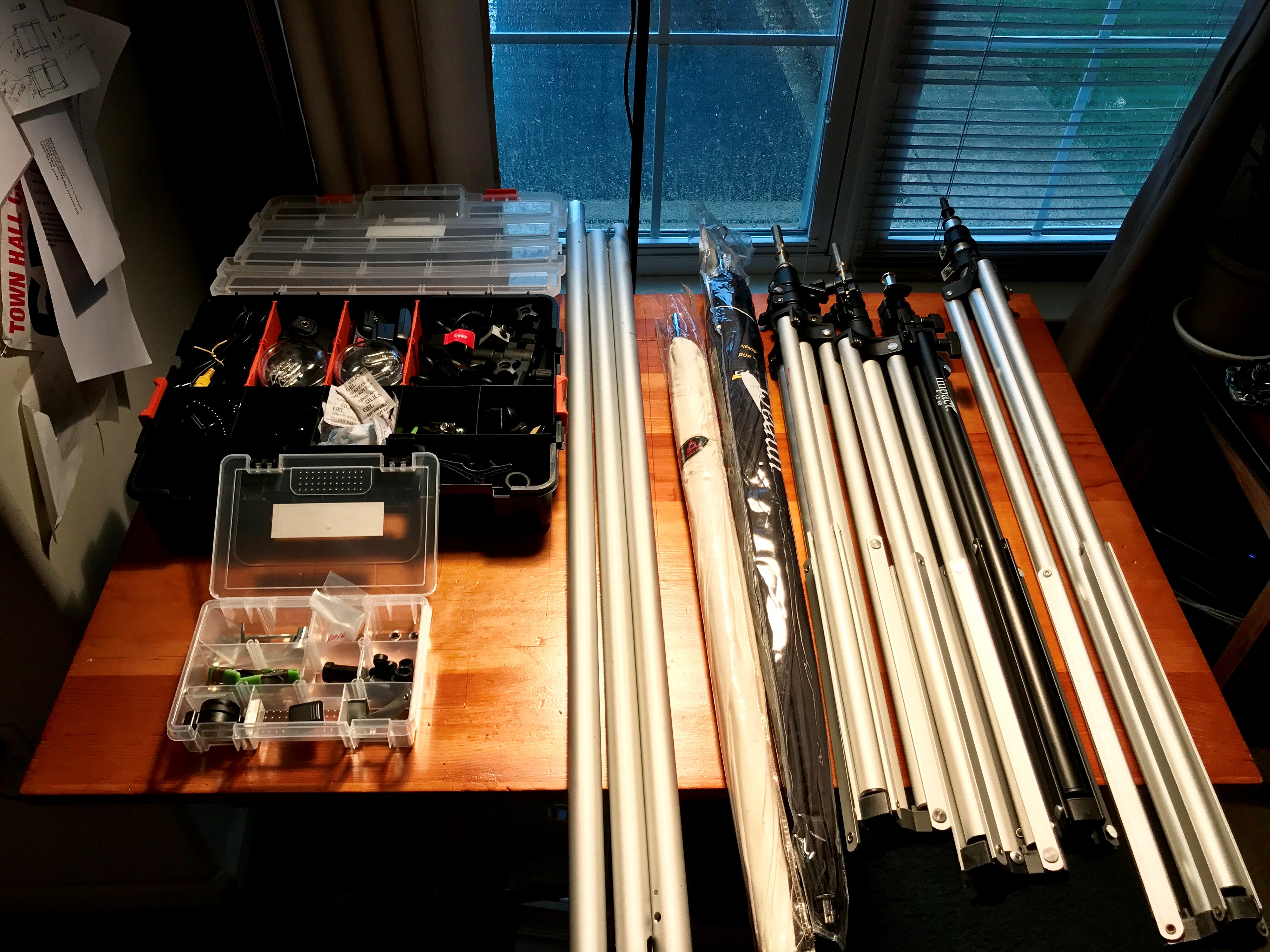

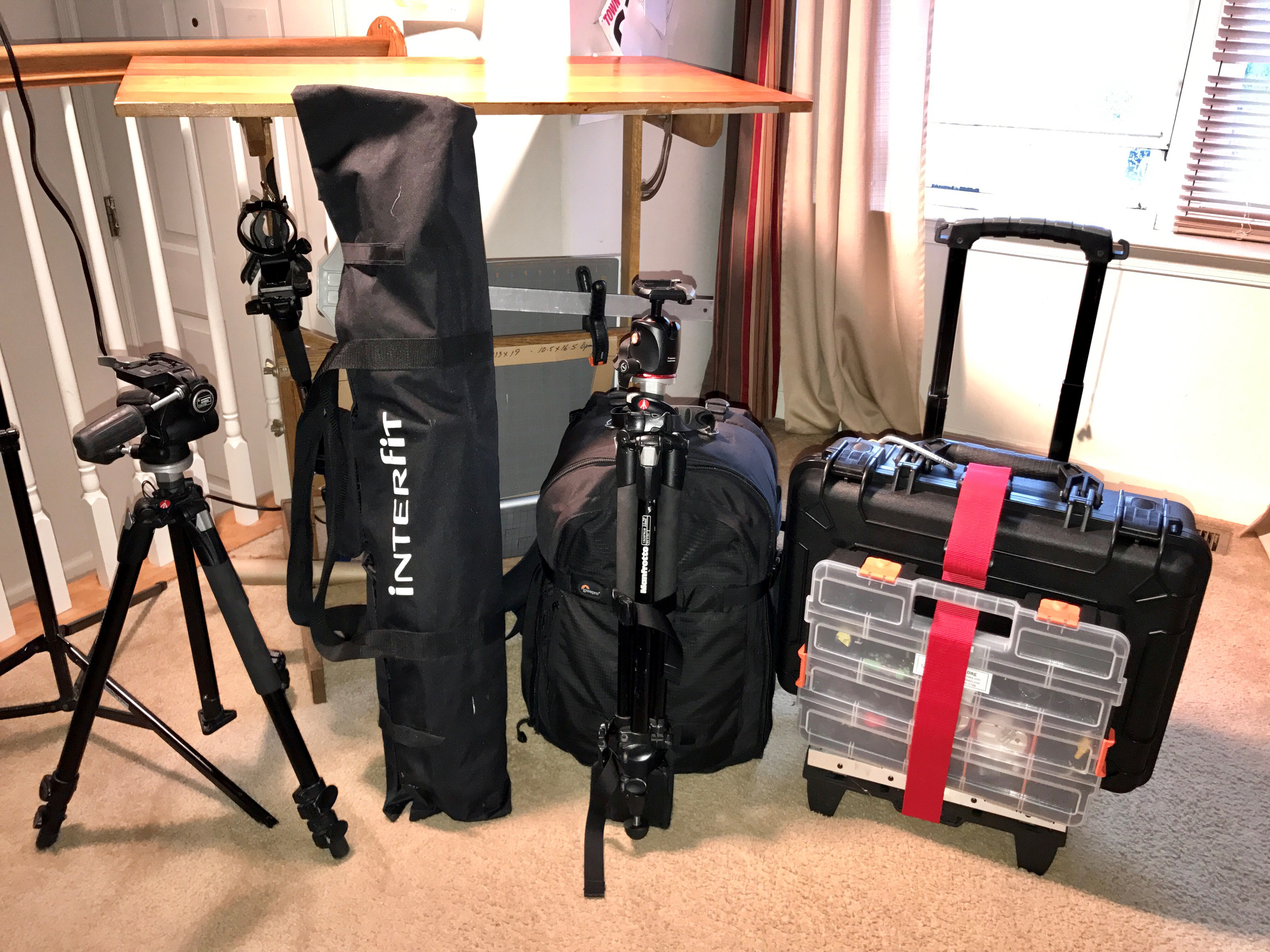
Event Plan
Details about day are important, the clothes, timing, people, locations, lighting. Tensions are high, scheduling is tight, and emotions are charged. A wedding shoot is not the time to test one’s people skills or experiment with portraits. It is a day that an experienced photographer must practice everything he or she has ever known.
Do your research!
Determine the couple’s style.
Are they traditionalists?
Are they contemporary?
Do they want color or black and white?
Individual Plan
These are some simple, but important steps you should do to be ready for your next event.
Pre-Visualization/Create a Master Schedule
Arrange a pre-wedding meeting with the bride to plan out a 15-minute incremental schedule of the wedding shoot.
Shot List
Arrive at the venue at least an hour before you are to begin shooting. Once you are on location, map out your location flow. Where will you start out and what shots will you take in that area? Where will you go next? What distractions must you watch out for in each location? Where is the light?
Be Connected
Get the phone number of the wedding coordinator, the best man, and the bride’s personal attendant. If (and when) the wedding schedule gets off, you will want to be sure that the wedding coordinator is in the know.
Have help!
An assistant will help you keep track of your shot list, schedule, managing the individuals for large group photos. In the very least, an assistant is available to carry equipment, keep track of the cell phone, and holding reflectors.
Dress for the Event
Make sure you know the dress attire so you blend in with the crowd and look like you belong. As the old saying goes, it’s better to be overdressed than undressed; go with a suit and tie and nice shirt underneath. The suit coat and tie (or for the women, a nice jacket) can always be removed if things turn out to be a bit more casual.
Prepare for Bad Weather
If it’s an outdoor event, be sure you have coverage for you gear and a back-up plan for being able to capture the action.
Most Important. Have Confidence! Be Patient!
Equipment Plan
In keeping equipment plan simple, I have an equipment checklist I use for pre-event packing, if you don’t have one you can find one online to modify for your style of shooting or the types of equipment you have. This list is important, no matter how many weddings I’ve shot organization is the key.
Knowing ahead of time what you need.
Backup equipment.
Pre-cleaning Equipment.
Pre-Charging Batteries
If your camera has function pre-programming memory for different shooting situations.
Knowledge
Know your equipment inside out. You must know it so well that you don’t even think about it. This only comes from repetitive use and/or practice.
Camera
Cleaning and packing your cameras is one of the most important steps, whether you’re shooting portraits, wedding, cycling event, or your child’s soccer game. If your equipment is dirty, simply put, you end up with poor results, cloning out dust particles from portraits is time consuming, your time could be better spent. Poorly packed equipment, leads to damaged equipment or inaccessible equipment.
Clean Lenses and Camera Bodies
Clean Filters and Extension Tubes
Pre-Format Memory Cards
Pack Cables & Remotes
Clean Flashes and Test
Pre-Charge Batteries and Spare Batteries
Organize, Organize, And Organize!
Lighting
Many affairs can be quite dark with only candle or low light to create a mood. Make sure you have enough flash power to get proper lighting for your shots.
Storage
Plan ahead for a location to safely stow your equipment, somewhere out of site, safe but accessible to you, in case you need a piece of equipment. This is best done by visiting your location prior to event and if you’ve done the Pre-Visualization and the preparatory meeting with wedding coordinator this shouldn’t be a problem.
